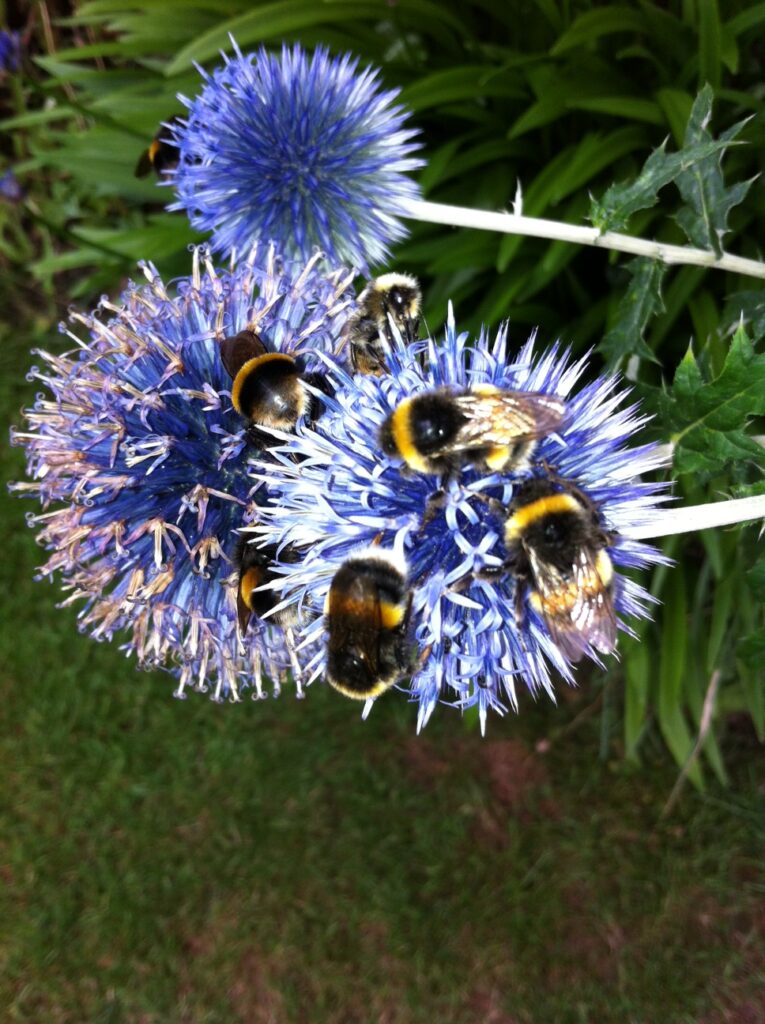Dear Integral Meditators,
Life is not so tough when everything is flowing in the direction that you want it to, but what happens when you find yourself having to go against the flow of energy? This weeks article explores that space and how we can use meditation to help.
In the article I use as an image derived from landscape and nature as a main method for developing the ability to go against the flow. In the Dynamic Calm Online Meditation Course beginning this coming Thursday 19th September I will be using quite a lot of this type of landscape imagery as a way of connecting to the energy of calm, so if you like the article below then this is a course that you might enjoy!
Yours in positively going against the flow,
Toby
Upcoming Classes at Integral Meditation Asia:
Beginning Thursday 19th September – Integrating the Energy of Dynamic Calm Into Your Life – A Four Week Online Meditation Course
- Would you like to learn how to find a place of calm, centeredness in all circumstances?
- Would you like to be able to conserve energy that is currently being taken up in stress and anxiety so that you can use it doing the things that you love and enjoy in your life?
- Are you interested to bring a quality of calm to your life that is not just a place of stillness and peace, but also a source of strength, resilience and dynamism?
- Are you interested in developing a meditation practice that is flexible and invites you to explore and develop your own wisdom and insight, rather than being rigid and dogmatic?
If the answer is yes to the above questions, then this is a meditation course for you! ClickHERE to read the full details of the course…
 When You Have to Go
When You Have to Go
Against the Flow
Often times in life we find ourself having to go against the flow. For example:
- We can find ourself going through a phase in a friendship, work or romantic relationship where it all seems like hard work and nothing is flowing easily
- In our work business can seem slow, and a lot of effort seems to have to go into generating a relatively small success
- When an idea that we are deeply passionate about is not taken up with interest by others, or they are even judgmental or negative about it
There are infinite numbers of situations we may find ourselves in that require the life skill of going against the flow, particularly if we are working with ideas that are new or pioneering.
How meditation changes our experience of going with the flow
When we practice meditation we are developing the capacity to “go with the flow” and relax more in our life, but a solid meditation practice will also give us the patience and perseverance to keep putting one foot in front of the other (literally or figuratively) in order to accomplish a goal that is important to us but that is difficult to achieve because we are having to go against the flow.
A meditation image for going against the flow
In Asia I have visited several rivers that have rapids in them. What I like to do when I visit such places is to use the rocks in the water to hop upstream, going against the flow of the fast moving water. Standing securely on a rock surrounded by fast flowing water I relax and look for the next rock to leap onto. I jump from one rock to the next, gradually making progress upstream again the current of the water all around me.
Often when I am in a daily situation where I am having to go against the flow, I use this image of hoping up a river on the rocks as a way of keeping patient, persevering and gradually keep moving forward. The image describes perfectly for me the mindset that I am using to prevail.
Questions for your own practice of going against the flow
- What situations in your life do you find yourself having to go against the flow? As you are reading this article, try and think of two or three concrete situations where you yourself regularly have to go against the flow in your life.
- What images communicate for you the essence of awakened “going against the flow?” In the above article I have suggested an image from my own experience that you are most welcome to use as a way of developing your own “going against the flow” mindset. However, there may be images from your own direct experience that describe very well to you the patience and perseverance that you need to go against the flow and that will work perfectly for you as an image for this type of meditation.
© Toby Ouvry 2013, you are welcome to use or share this article, but please cite Toby as the source and include reference to his website www.tobyouvry.com
 Is Spirit a Place of Light or Dark?
Is Spirit a Place of Light or Dark?  What is the Quality of Your Calm?
What is the Quality of Your Calm? Four Types of Deep
Four Types of Deep
 Trusting the Random
Trusting the Random  Is Meditation about Stress Management or About Enlightenment?
Is Meditation about Stress Management or About Enlightenment? 

 The 20 Second Rule – Guerilla Tactics for Peace of Mind and Wellbeing
The 20 Second Rule – Guerilla Tactics for Peace of Mind and Wellbeing